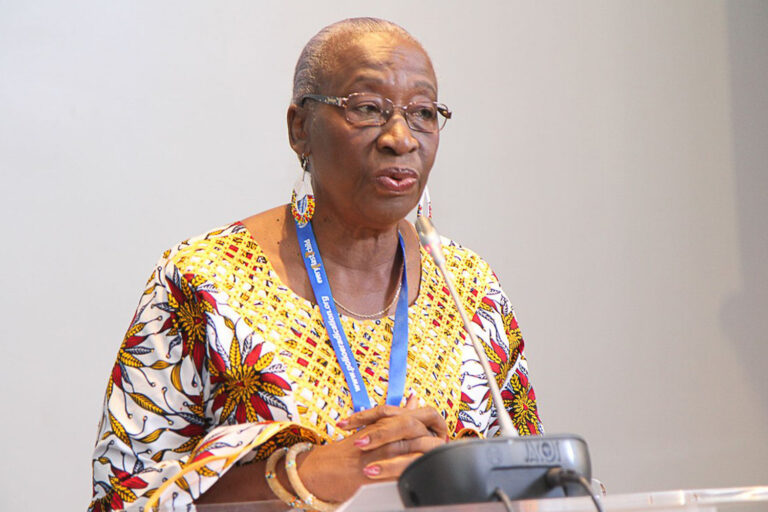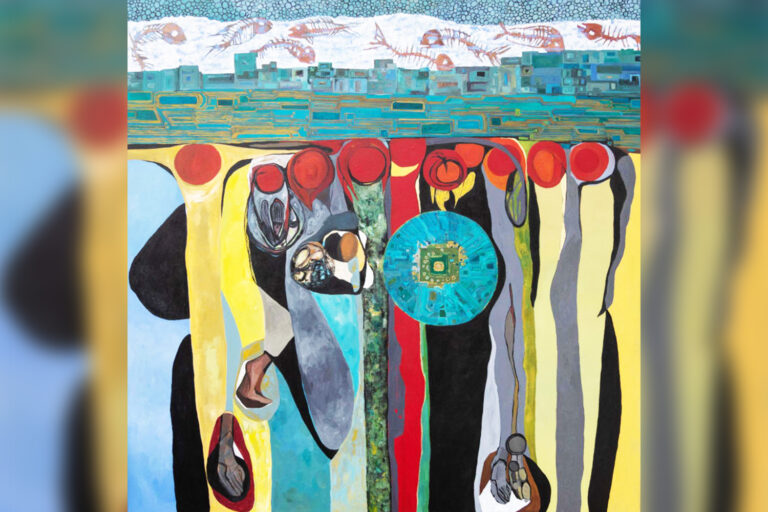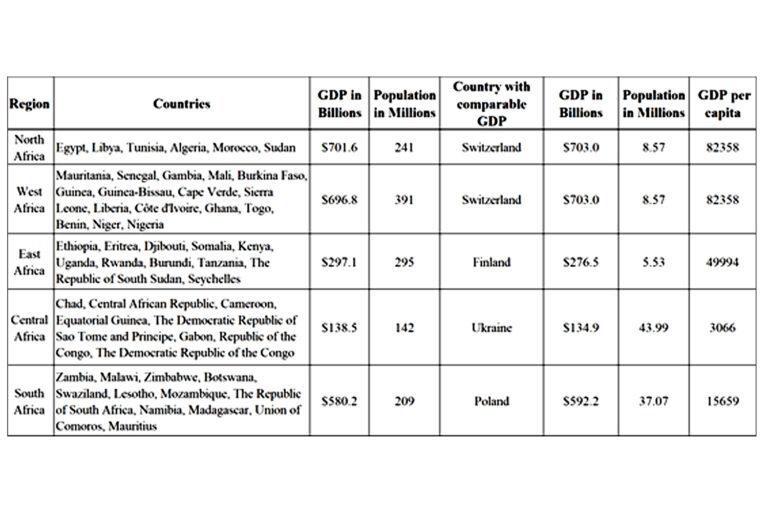Interview with Rose Leke, Chairperson of the Africa Regional Commission for the Certification of Poliomyelitis Eradication
Q: The year 2020 marks the certification of interruption of indigenous wild poliovirus transmission in the African Region. Do you feel that you have achieved something great?
Rose Leke: Let me take you back to when it all started. In 1988, there were 350000 cases of polio annually in 125 countries. Today there are 104 cases in two countries.
It was in 1988 that the WHA took the resolution to eradicate the wild Polio virus from the world, and the Polio Eradication Initiative was launched. And then in the AFRO Region in 1996 the Organization of the African Unity had a meeting in Yaounde and came up with the Yaounde Declaration in that same light, followed by Nelson Mandela launching the Kick Polio out of Africa Campaign. The ARCC was put in place by the then Regional Director, Dr. Ibrahima Malik Samba of Blessed memory in 1998. The Heads of States and Governments in our Region, and the partners and donors, working with the communities: traditional leaders, health workers, community health workers, community informants, volunteers and polio survivors, etc have gone through these years, with breakthroughs and set backs on this turbulent and long journey. Today we see the Region free of the WILD POLIO VIRUS for four years and the ARCC can certify that transmission of the WPV has ceased in our Region. That is a very good feeling, it is HISTORY, and all those involved now see the fruits of their efforts. So, when you say it is something great, for me it is a milestone achievement for the world, for Africa especially.
Q: As Chairperson of the African Regional Commission for the Certification of Poliomyelitis Eradication, you certainly have some good and not-so-good memories to share over the years.
Rose Leke: Yes, there are good memories. After going through the whole process of preparing and reviewing documentation with countries, conduct country visits, When we finally receive complete documentations from the country showing high quality standard surveillance with evidence of at least 3 years without wild poliovirus with evidence they are going to continue with sustain quality surveillance and improved routine immunization, it is always very heartwarming to announce to the country that they have a polio free status. You should see their joy, our joy. Those are the good memories.
Then there have been enormous challenges, especially reaching children in inaccessible areas. In the Region we have had a lot of set-backs. Remember like in 2009, when the Region had repeated outbreaks in after the vaccination refusal in Nigeria that affected so many countries, the Commission discontinued certification activities, so that was a draw-back. And in July 2014, we were almost counting 2 years without wild poliovirus in Nigeria, in Africa, when in August 2016, four (4) cases of wild poliovirus were reported in Borno state in Nigeria. So that was a real set back.
Q: What would you advise as the next steps for polio in Africa?
Rose Leke: May I first of all thank all Heads of States and Governments, the partners and donors, traditional leaders, community health workers, communities and frontline workers, parents, polio survivors, everyone that has been involved in this long journey, for their efforts to get us to where we are today.
For the next steps, the most important is sustaining polio surveillance which should be heightened in all countries (especially at subnational levels). A highly sensitive surveillance system has to be maintained in the 47 countries of the region. We need to improve routine immunization programme. We need in all countries an increased population immunity. There are still 2 countries that have circulating wild poliovirus, Afghanistan and Pakistan, and we can have importation any at time in the African region. It is very important that we raise and sustain very high population immunity. This is also necessary, to enable us to close the cVDVP2 outbreaks that we are having because of low population immunity. To achieve this, we need high quality response SIAs to these cVDVP2 outbreaks so we can really finish completely with them (cVDVP2) in the Region. Lastly you know that most of our polio surveillance workers are now working on COVID-19 pandemic, it will be good that countries follow strictly the mitigation measures prescribed very seriously so that we bring to zero the cases of COVID-19 which has turned our world upside down.












